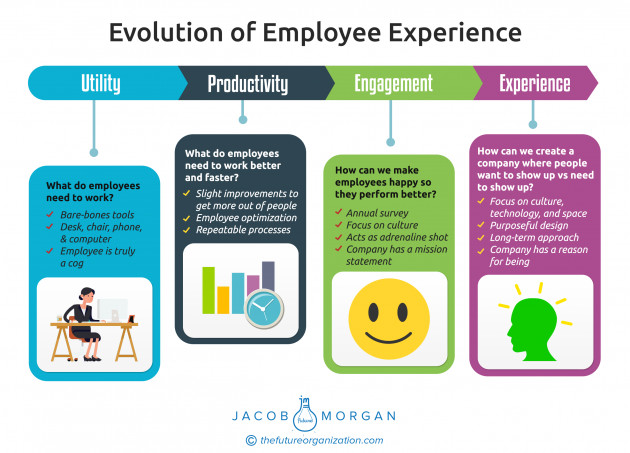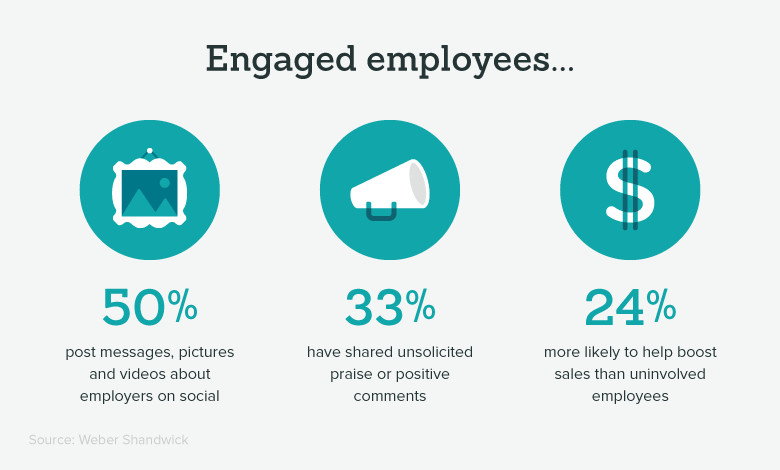Companies have acknowledged that digital transformation is a ‘must do’ priority and a matter of survival, and they are acting upon it. Whether this involves a leadership shake up, action in the direction of the big transformation priorities (mobile, security, data, social business, cloud, IoT, AI, AR/VR, blockchain), or finalizing a strategy and enacting an iterative and agile process to break through the analysis and planning friction, organizations have embraced a new norm.
In most enterprise organizations, the pivot to create contextual customer experiences (right content, right time, right channel and right screen) aligned with true customer needs is well underway. Innovative teams are also focused on vetting the use cases and technology requirements related to key future trends. And there has been a noticeable shift from simply getting a site or app live to addressing real customer needs and evolving the plan to enhance the experience through personalization and sound technical architectural planning.
If stage one of digital was the web, and stage two can be considered mobile and multi-screen, enablement of customer self service through engaging experiences that move businesses from simply creating interest and awareness to now influencing consideration and engagement is stage three for progressive brands.
The key audience that has been left behind is the brand’s internal customer, the employees and executives. This fundamental miss influences unintended cost and consequences as communication of a forward vision and how existing employees fit into the plan has largely been neglected, or worse, ignored.

Evidence of the problem exists in simple things like the lack of user experience best practices being applied to modernize internally facing applications. Business users are still struggling with data entry into legacy applications and systems. Being able to pull a data report and derive meaningful results without a data analyst or engineer is the exception, not the rule.
The time has long passed for companies to build versus buy digital know how and competency. Programs that include ongoing education and learning for employees are essential. Communication and soft skills for the 21st century such as social business and social media fluency is a must do, particularly given the shift to an informed and self-selecting customer who performs independent research and looks to their trusted network prior to engaging with a brand. Providing employees with the ability to be their own best personal brand accentuates professional client communications, employee satisfaction/engagement and employee advocacy on behalf of their employer.
Companies should also encourage employees to learn new skills such as data analysis and basic coding and generally understand technology trends that enhance the ability and ease of work.

The learning and training should be ongoing, formal and encouraged as part of practice. By making perpetual learning a cultural norm, incentivized and a measured expectation/job requirement, employees will stay current while lessening the company reliance on third party expertise.
Customer experience has come a long way in a short time due to the empowerment of your business audiences through a better application of user experience and technology. As we look ahead to an ever-accelerating technology pace, bringing your most important customer – your employees – along for the journey is imperative.
Article by channel:
Everything you need to know about Digital Transformation
The best articles, news and events direct to your inbox
Read more articles tagged: Employee Experience, Featured







